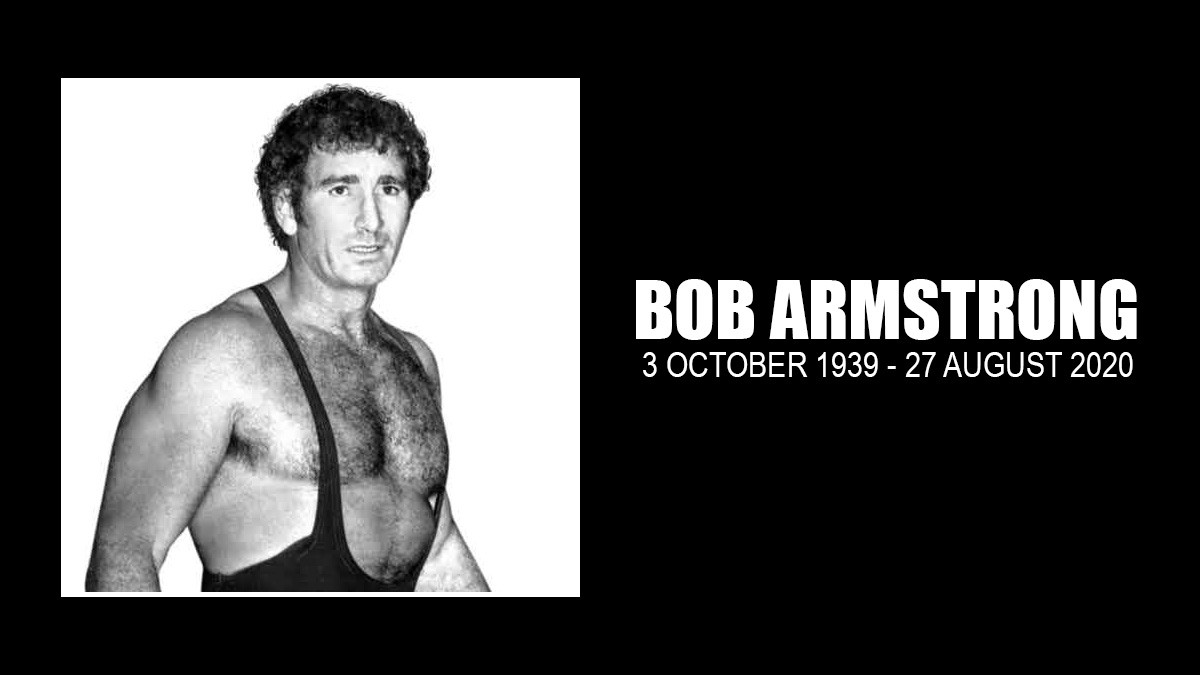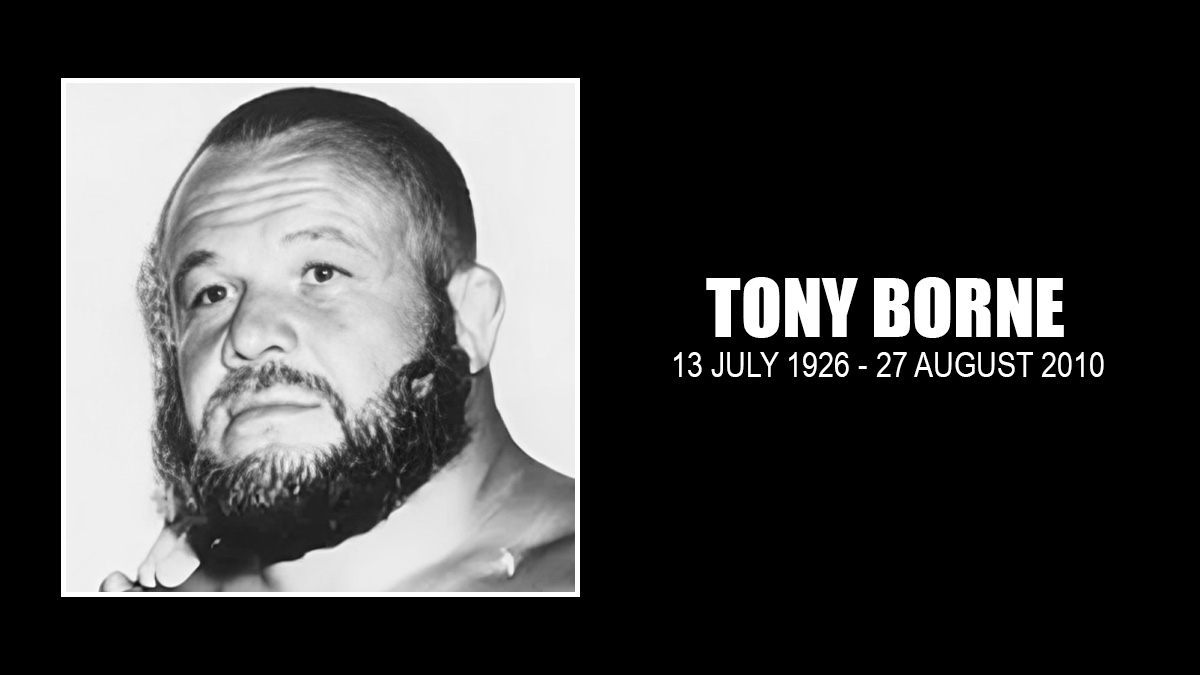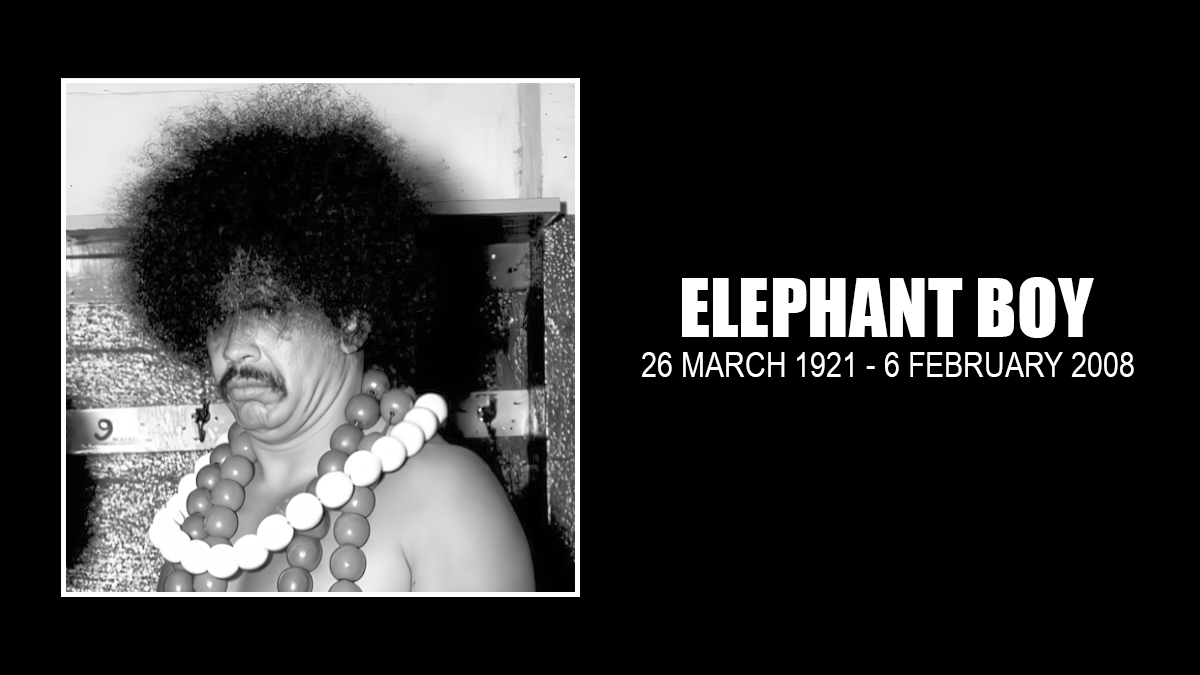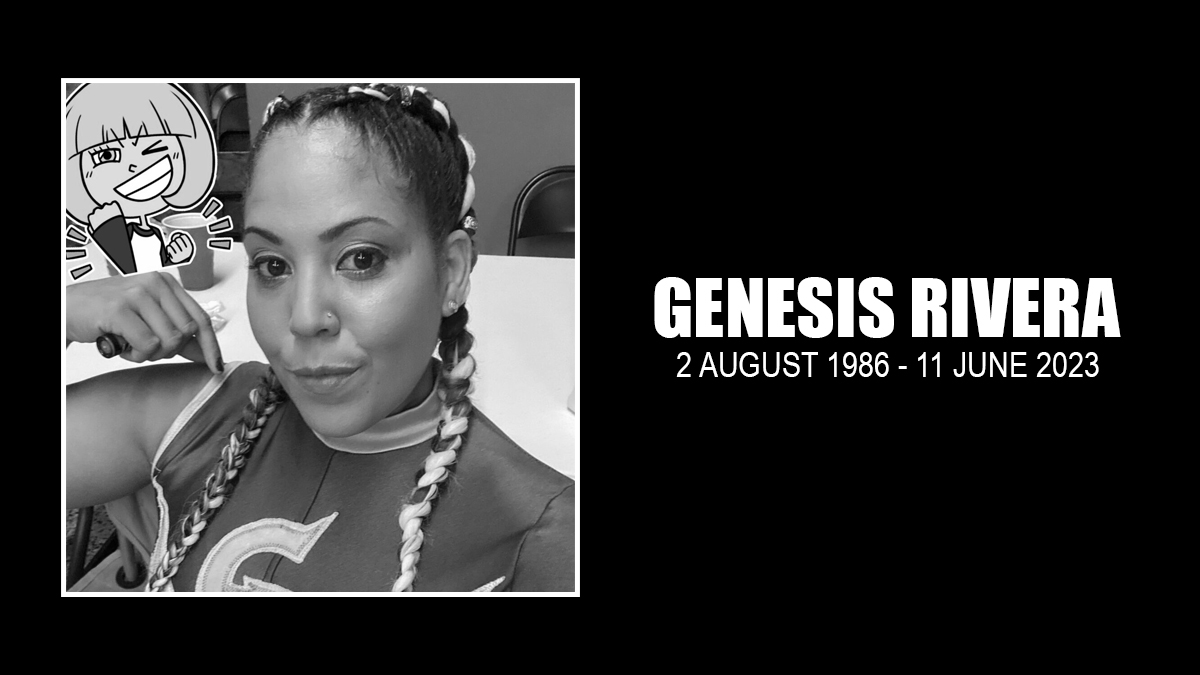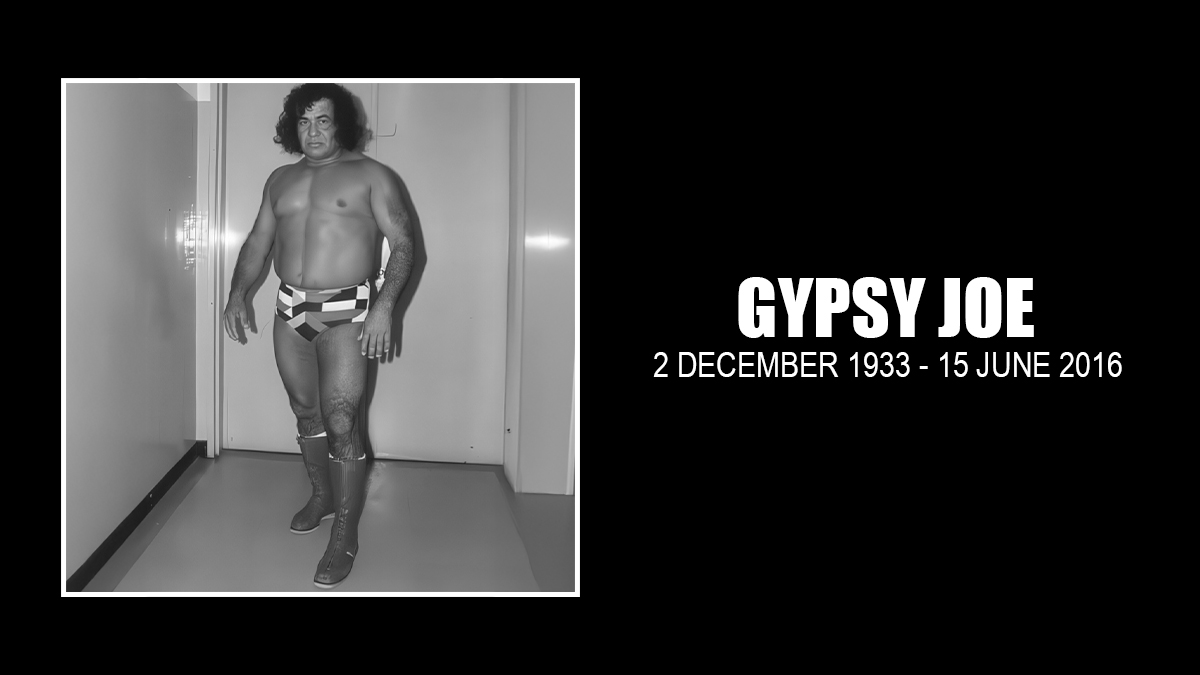With a simple tweet on August 27, Brian G. James announced that his legendary father, “Bullet” Bob Armstrong had died, just a few months after Bob’s wife had passed away. Bullet Bob was 80.
“It is with a very heavy heart we announce the passing of our Father and @WWE Hall of Famer ‘Bullet’ Bob Armstrong. Information regarding funeral arrangements will come at a later date,” wrote James, in a statement that was straight, and to the point, much like Bullet.
In a conversation with this writer after Armstrong’s WWE Hall of Fame induction was announced, he was matter of fact about his beginnings. “All I wanted to be was a wrestler. Then later on, they put me in the promotional end, making matches and booking. Really, I didn’t enjoy that too much, because I just loved wrestling since I was six years old, brother! I got to see the original Gorgeous George when I was six years old, and I was hooked ever since. I’m 71 now.”
Born Joseph Melton James on October 3, 1939, in Marietta, Georgia, he grew up on a farm. That trip to see wrestling did change his life.
In The Pro Wrestling Hall of Fame: Heroes & Icons, Armstrong described how the Gorgeous One tossed gold-plated bobby pins to his public. “I sat on my dad’s shoulders and I thought this must be what an angel looks like. He was dressed all in gold with that platinum hair and it made such an impression on me.”
Later, Armstrong boxed while in the Marines, but was not allowed to lift weights because an instructor, he said, thought it would make his competitors muscle-bound. Once out of the service, Armstrong was a fireman and weightlifter in Marietta, and followed fellow firefighter Darrell Cochran into wrestling in Georgia. Around 1966, he committed to the sport full-time, mostly as big-bicepsed Bob Armstrong, a name promoter Charlie Harben gave him, though he’d also work under other guises as the masked Bullet and the Georgia Jawjacker.
“When he first got over in Georgia, they really, really pushed that he was a fireman, like he was an everyday regular guy. I think the people really identified with that,” said Southern veteran Davey Rich. When Ted Turner’s SuperStation WTBS started beaming Georgia Championship Wrestling to a national audience in the 1970s and 1980s, Armstrong reached a whole new level of exposure. “I remember going to Grand Rapids, Michigan. Brad had just started wrestling. We couldn’t get off the stage for 15 minutes. The fans were grabbing him and the older people were grabbing me. That’s when I realized what the cable TV had done for us.”
Armstrong could adapt his style to suit just about any opponent. He specifically recalls a 15-minute match with Abdullah the Butcher that packed the house in Macon, Georgia, as one of his favorites—that was a marathon compared to the minute or two melee for which the Butcher was known. But Armstrong also said he made a colossal blunder when wrestling his idol Lou Thesz in Miami, Florida, around 1974. “Thesz came in, he was about 55 years old and I was in my prime and I said, ‘Lou, do you want me to slow down a little bit?’ That was the biggest mistake I ever made. He made a pretzel out of me and just made me realize how great he really was. We went 45 minutes and I don’t think he drew a tired breath.”
Rich was wrestling under his real name of David Haskins when Armstrong brought him into USA Wresting in Knoxville, Tennessee, where he was booking. He points to Armstrong’s belief in continuing wrestling education as a key to his success. “He’s a legend in the South,” Rich said. “I think he was such a student of the game. He studied things. He was one of the few people who, instead of partying and having a big time, he was studying.”
Armstrong was Southern heavyweight champion in Georgia and Florida, won the Georgia TV belt, and held the Macon and Georgia tag team championships a dozen times combined in the early 1970s, frequently teaming with long-time friend Robert Fuller. The low moment of his career came outside the ring, when he suffered devastating facial injuries during a 1980s weightlifting catastrophe. Armstrong was lying on a bench, doing two-arm pullovers with about 180 pounds when his world turned upside down. “The bench wasn’t nailed down or bolted down. It was my fault completely,” he said. “I had just started to pull it over when the bench slid and broke and all the weight came down on my face. It tore my nose off and broke every bone in my face.”
His son Brad, Ronnie Garvin, and Pez Whatley helped him get emergency treatment. “My face was just about gone. It turned black, blue, and yellow with no nose. We put a sheet over my head so that people wouldn’t scream. They put me back together but it took a while and I lost about 30 pounds, maybe more.” The plastic surgeries and scars led Armstrong to don a mask as the “Bullet,” and though healed, he’s kept that trademark for more than 25 five years. “It just got better and better. Now I wouldn’t wrestle without my mask for anything. That’s just a part of me.” Juanita Timbs made his Bullet masks, which had to be adjusted based on changes in his facial features through the years because of the accident.
In the ring, there was a definite restlessness and aggressiveness to his work. “Oh, he’d chop you in a heartbeat. He was, ‘Come on, let’s go,’ ” said Pat Rose, who worked with Armstrong in Alabama-based Southeastern Championship Wrestling, at one point hanging him from a rope with Prichard to the horror of fans. “It was all kinds of stuff. It was the body. It was the ex-fireman-turned-pro wrestler. It was the Georgia Jawjacker. He knew how to get over. In his interviews he would say little corny lines like something about an old lady referring to the heels. It would be funny, but it would be realistic.”
One memorable Armstrong jab at Fuller and Jimmy Golden: “Birds of a feather flock together and these are two of the biggest buzzards I’ve ever seen.” He traced his popular down-home mic skills to his youth on a farm. “So I heard a lot of old sayings, old Southern, Confederate sayings and I just picked up on them. They just fit right in with whatever I was saying. They just popped right into my mind.”
Among his colleagues, you’ll find nothing but admiration and respect for Armstrong, but they also known better than to cross the ex-Marine. Dr. Tom Prichard saw what happened to a motorcyclist who cut off Armstrong and his passengers at a left turn light. “I’ve seen him jam the car in park, go in the back, snatch the guy off his bike, yank his helmet, put him back on, get back in the car, screech off, and we’re all looking at each other, Brad and the rest of us, like, ‘Holy shit, that just happened! ’ ” Prichard exclaimed. “Bob Armstrong definitely had charisma and he definitely had that knowledge that he was a badass.”
Armstrong is the patriarch of the first family of Southern wrestling. Sons Brad, Brian (Road Dogg), Scott, and Steve all followed him into the business, and while they all had success, none eclipsed their dad, who held more than 60 individual and tag team championships in his career. Brad died on November 1, 2012. Armstrong’s wife, Gail, died on June 28, 2020.
In March 2011, Armstrong talked about his sons. “We’ve never really been apart. I’ve got three sons who live within 45 minutes of me, one within five minutes of me. Brad’s the only one that stayed around the Atlanta area; he married a lady from HBO, and her headquarters are up there. But my other three sons are with me all the time. We wrestle together.”
The Armstrongs belong in the conversation with other wrestling dynasties like the Harts, Fullers/Welches, and, the Von Erichs. “There’s been five of us, and I really feel sorry for the Von Erichs. I can’t imagine how their father felt, because I’ve never lost a son and I can’t put myself in their place,” Armstrong said in that 2011 interview. “We’re still together. We still wrestle tag team together, every one of them. God’s been good to me.”
His first match was actually on his birthday in 1961, and Armstrong kept wrestling and wrestling, one of a handful of wrestlers to compete in six different decades. “It does get in your blood and as long as I can do it, I can’t see why I shouldn’t,” he said in Heroes & Icons. “I always say this is my last year and I always lie to myself.”
Armstrong also served as commissioner of Smoky Mountain Wrestling and appeared on TNA Wrestling on and off for years. Konnan and the Latin American Exchange turned his real-life knee surgery into a hot angle in 2006 that ran for several months. In May 2009, a big crowd turned out at the Dothan Civic Center in Alabama for a final farewell to Armstrong and Jerry Stubbs. “I was really serious about retiring,” he said. “And I sat at home for about a month and I got the itch, and a promoter called me and made me an offer I couldn’t refuse.” The bookings kept coming to the time of his WWE Hall of Fame induction, when he figured he’d wrestle through October 2011, the 50-year mark of his career, and put the boots in the closet. “That failed,” he said with a laugh. In fact, he marked his golden wrestling anniversary with an 800-mile round trip to Boaz, Alabama, for a big Halloween show.
In a tweet in March 2020, Scott Armstrong wrote that “Today my 80yr old Dad, @WWE Hall of Famer Bullet Bob, asked if he could come over to get a workout! He’s got bone cancer in his ribs, shoulder and prostate and chose not to go through any treatment (his choice)! I put 30lbs on there and he said, ‘Gimme 100lbs!!!’”
His passing on August 27, 2020, was not a surprise.
As with his vows to get those dastardly villains, his oft-repeated saying in the ring came true: “I’m Southern born and Southern bred, and when I die, I’ll be Southern dead.”
